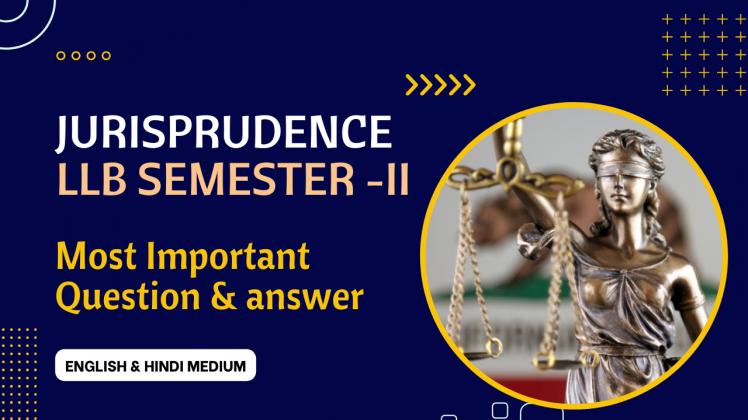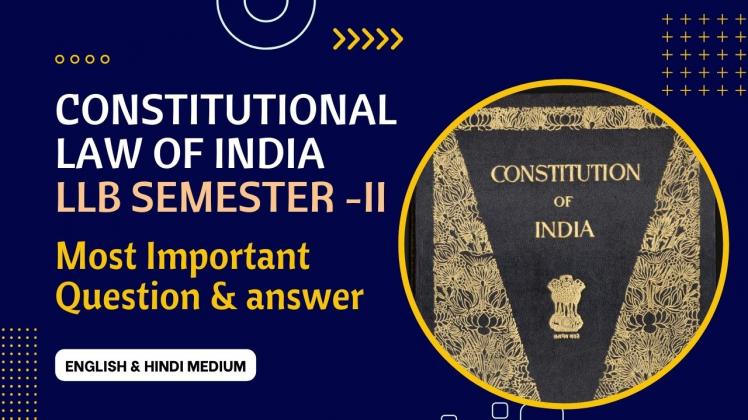"Constitutional Law of India - Sem-II" is an illuminating academic voyage through the foundational principles and dynamic evolution of India's constitutional framework. Building upon the groundwork laid in Sem-I, this course delves deeper into the intricate tapestry of constitutional jurisprudence, inviting students to explore the rights, institutions, and doctrines that shape India's governance.
Over the semester, participants will embark on a comprehensive exploration of key constitutional provisions, landmark judgments, and seminal debates that have shaped India's legal landscape. From fundamental rights to directive principles, from federalism to separation of powers, students will dissect the constitutional fabric that underpins the world's largest democracy.
Through a blend of lectures, case studies, and interactive discussions, students will grapple with complex legal concepts, engage critically with judicial reasoning, and assess the implications of constitutional developments on society, governance, and individual rights.
From the historical context of the Constitution's drafting to contemporary challenges facing Indian democracy, this course offers a holistic understanding of India's constitutional journey, empowering students to analyze legal issues with precision, empathy, and a nuanced appreciation for the principles of justice and equality enshrined in the Constitution.
"Constitutional Law of India - Sem-II" equips students with the intellectual tools necessary to navigate the complexities of constitutional interpretation, fostering a deep appreciation for the foundational document that shapes the rights and responsibilities of citizens and institutions in India's vibrant democracy.


